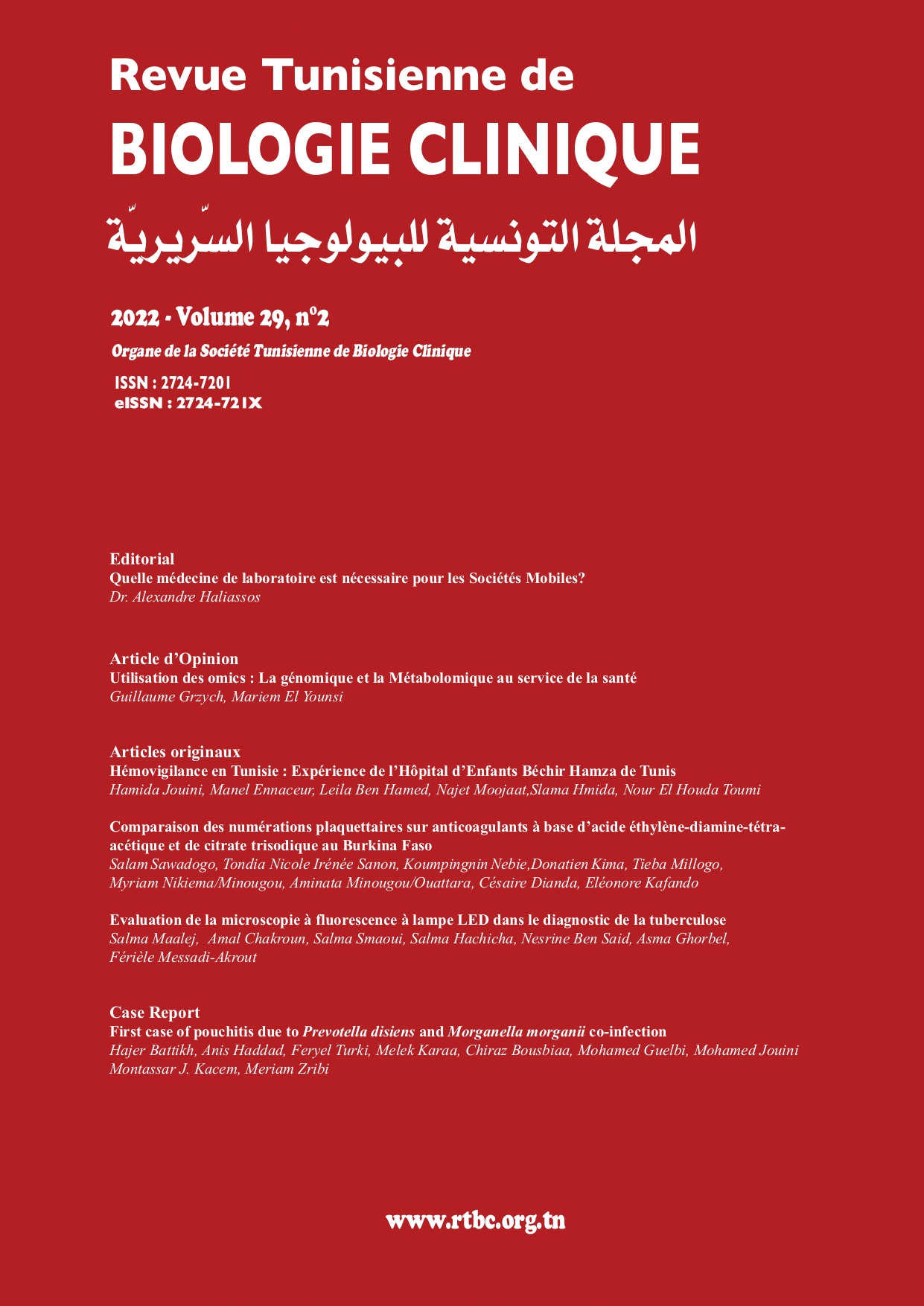Abstract
Introduction: The platelet count performed on EDTA-tube may be affected by false thrombocytopenia. Also, anticoagulants containing citrate are sometimes used to bypass this issue. However, there is scarce data on the reliability of the platelet count on citrate anticoagulant sample in sub-Saharan Africa. Our work aimed at comparing platelet counts obtained from EDTA and citrate tubes at the hematology laboratory of the “Charles de Gaulles Pediatric University Hospital. Material and methods: This was a cross-sectional study conducted between November and December 2020 which included hemograms of 124 patients performed in the laboratory. For each patient, two hemograms (EDTA and citrate tubes) were performed. A corrective factor of +10% was applied to the count obtained on the citrate tube. The percentage difference between the citrated versus EDTA tube as well as a Bland and Altman difference plot analysis were used to assess the agreement between the two measures. Results : A total of 124 pairs of samples were included. Thrombocytopenia was noted in 16.1% of EDTA samples and 12.9% of citrate tubes. The median number of platelets was 335 Giga/L for EDTA tubes versus 310 Giga/L for citrate ones. The median percentage difference, between the two measurements, was 17.54%. Also, the mean constant bias between them was -19.6 Giga/L (95% CI [-41.2; 1.99]). This bias was not significant and was below the clinical acceptability threshold of ±20 Giga/L. The upper and lower limits of agreement were 218.5 and -257.7 Giga/L, respectively, with a total agreement rate between the two measurements of 93.5% and a coefficient of agreement (Lin’s) of 0.63. Conclusion : There is a difference between platelet counts performed on EDTA and citrate tube due to both dilution and matrix effects. Also, the interpretation of the results must be done in parallel and the clinical decision based on the clinical characteristics of the patient, in a collaboration between the clinician and the biologist.

This work is licensed under a Creative Commons Attribution 4.0 International License.
Copyright (c) 2022 Revue Tunisienne de BIOLOGIE CLINIQUE

